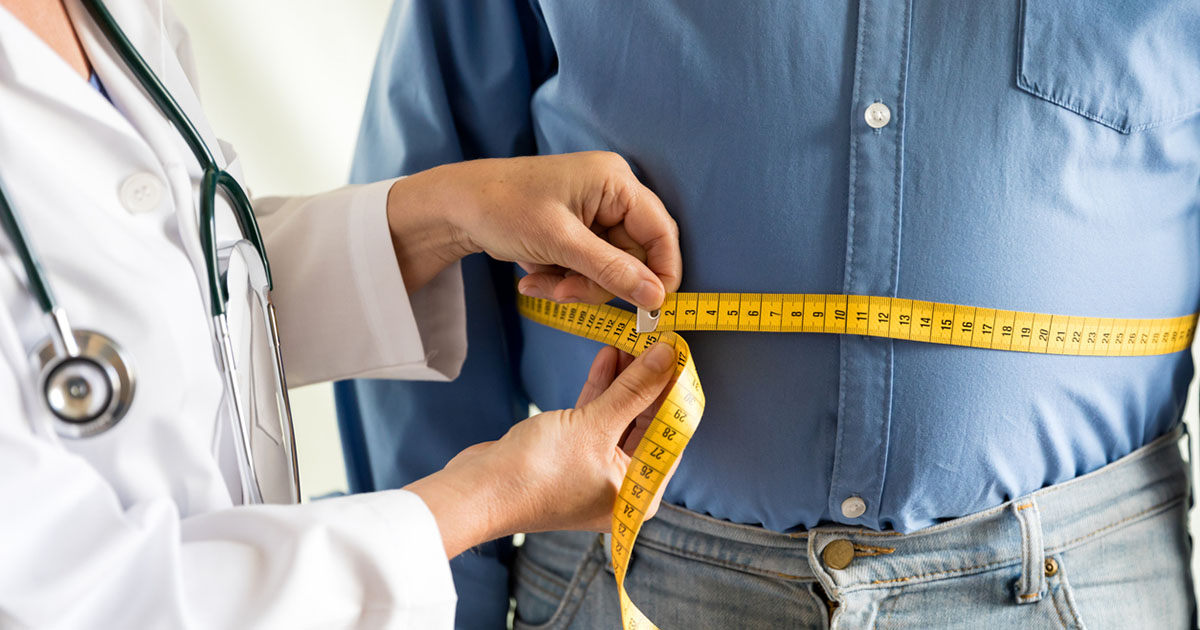“The value of a social network is defined not only by who’s on it, but by who’s excluded.” – Paul Saffo
We know of them, but rarely have an opportunity to talk face to face. The “lost tribe” of 18- to 25-year-old people with diabetes stop coming to clinic until a life event persuades them that the diabetes team might actually be a helpful resource. The persuasive life event may be a new love, new job or a child on the way. Depressingly, it is often a new complication of diabetes (Kerr et al, 2002). Strategies to entice this group back into the fold have had limited success. Are there any new alternatives?
It is now unbelievably common for people to regularly participate in social networking, sharing information with the key elements of immediacy and credibility (Chou et al, 2009). The figures are mindboggling: launched in 2004, Facebook (www.facebook.com) now has 500 million active users with 50% of them logging on every day. On average, each user has 130 friends and is connected to 80 community pages, groups and events in addition to creating 90 pieces of content (e.g. web links, news stories, blog posts, notes, photo albums, etc.) each month. More than 70% of Facebook users engage with platform applications and there are more than 150 million users currently accessing the website through mobile telephones (Facebook Press Room, 2010).
The credibility of the social network arises from the source of information being a peer, a potentially powerful driver for behaviour change. Microblog systems such as Twitter (twitter.com) also provide a vehicle for sharing of information and advice, with the potential for influencing patient adherence and effecting behaviour change (Scanfeld et al, 2010). If we add other networks, such as MySpace (www.myspace.com), Bebo (www.bebo.com), Friendster (www.friendster.com), LinkedIn (www.linkedin.com), Tagged (www.tagged.com), hi5 (hi5.com), Piczo (www.piczo.com) and OpenSocial (www.opensocial.org), then there is the potential for reaching at least a proportion of our “lost tribe”.
These systems will also be used increasingly for immediate feedback (warts and all) following consultations, participation in educational programmes and training in insulin pump therapy or other new devices. Patients and healthcare professionals are already using social networking to share their experiences of investigation and treatment and for research networking and fund-raising. Those living with chronic disease are very likely to use blogging and online health discussions as sources of information and have very positive views about the content they access (Farmer et al, 2009).
At present, research related to social networking is limited but, like its subject, is expected to grow exponentially. Problematic areas relate to confidentiality and the urgency of the expected response to a message or post (Lara, 2009). As well as concerns over infringements of patient confidentiality on social networking sites, new medical graduates commonly use websites such as Facebook but do not always protect themselves by utilising the privacy options. This may allow patients to access personal information about their physicians, or see content that could bring the profession into disrepute (MacDonald et al, 2010).
Worryingly, from a public health perspective, tobacco companies appear to be promoting their brands on social networking websites. By joining and administrating groups, joining pages as fans and posting photographs of their products and sponsored events, they are able to circumvent existing tobacco advertising bans (Freeman and Chapman, 2010).
The challenge for the diabetes healthcare community is to come up with effective strategies for using the vast power of social networking to deliver better health care. For this we need the help of our younger colleagues who are familiar with the technology, rather than wait for the usual suspects in diabetes research or the healthcare industry to come up with the goods.




Attempts to achieve remission, or at least a substantial improvement in glycaemic control, should be the initial focus at type 2 diabetes diagnosis.
9 May 2024